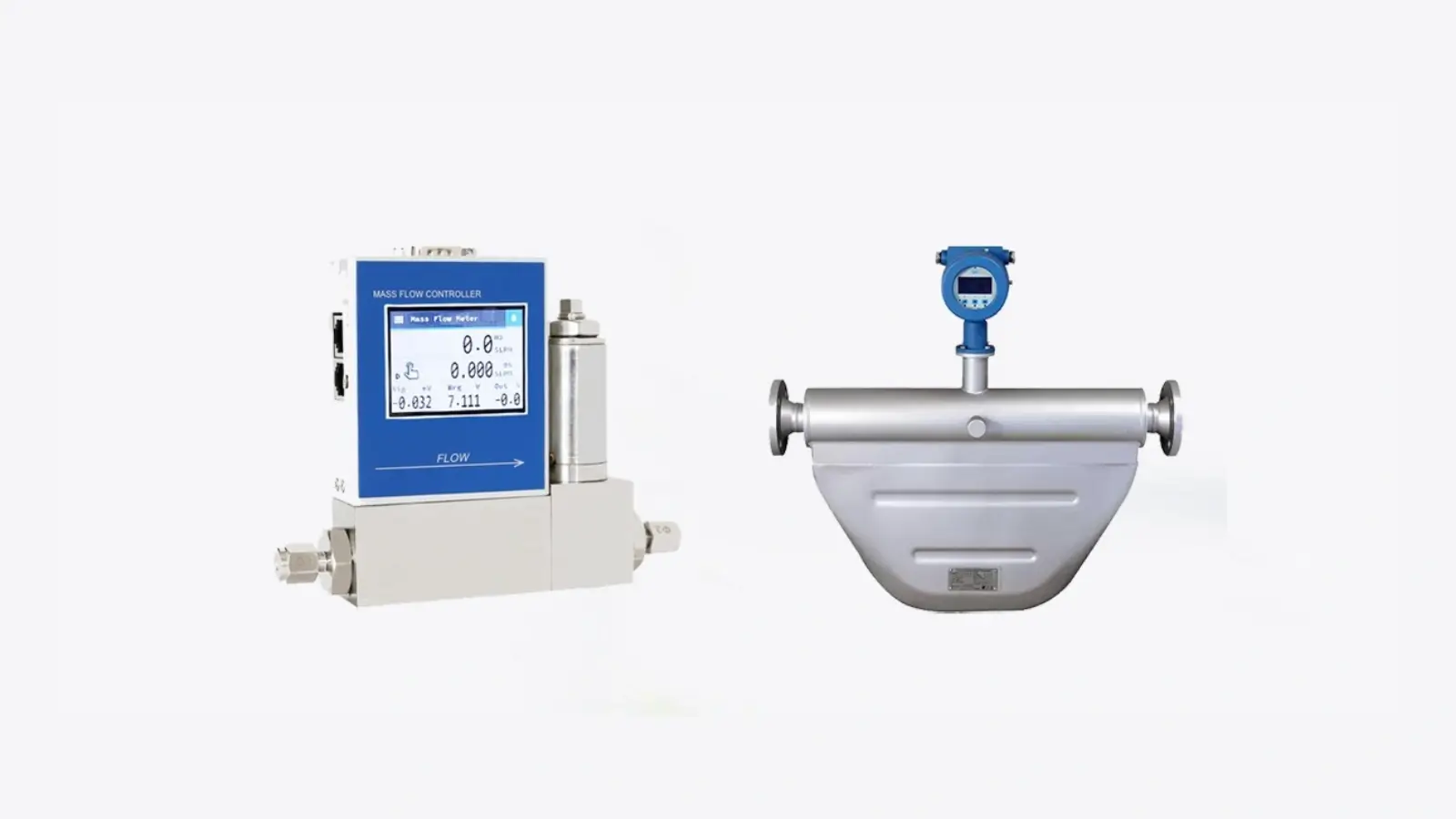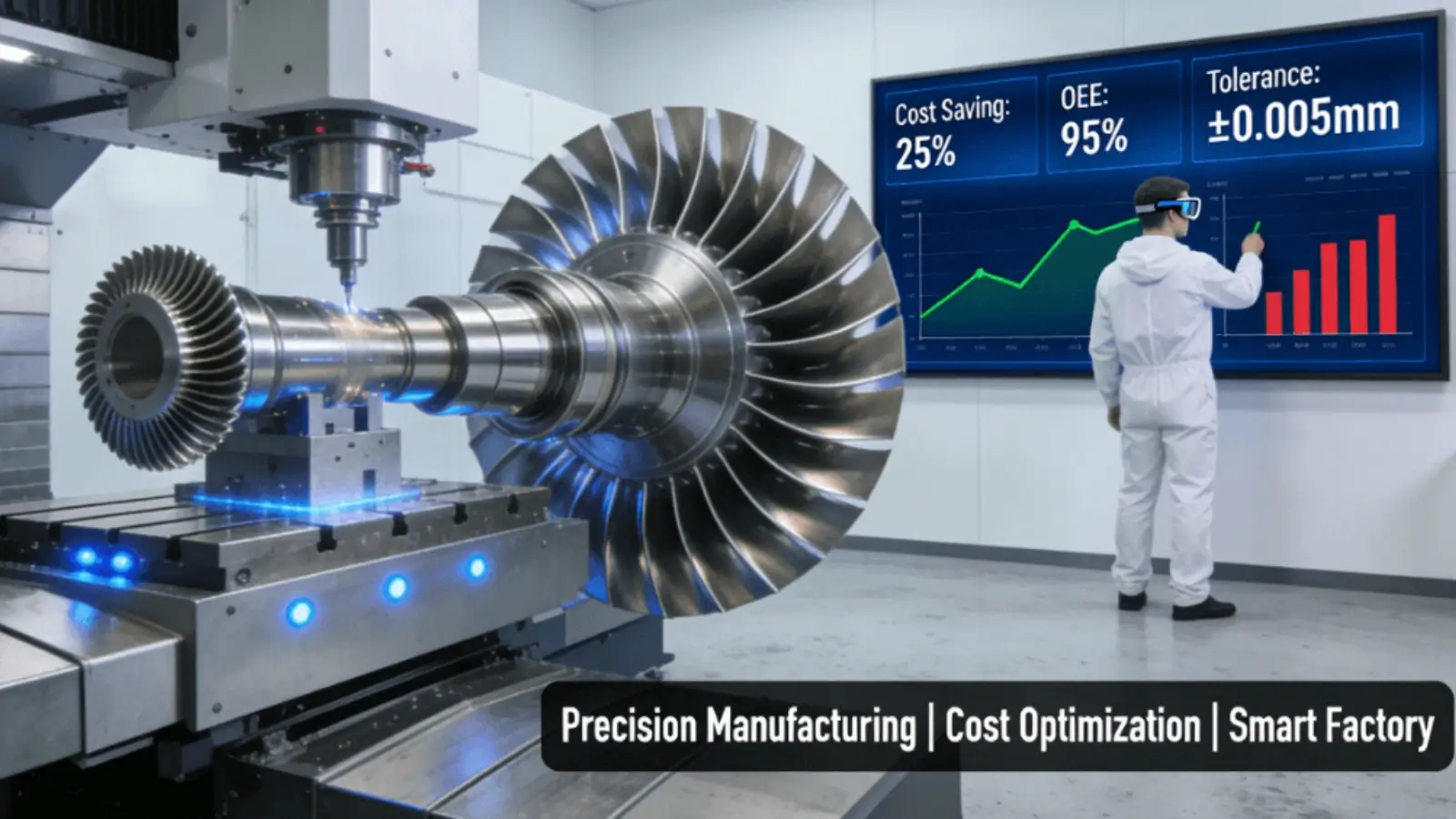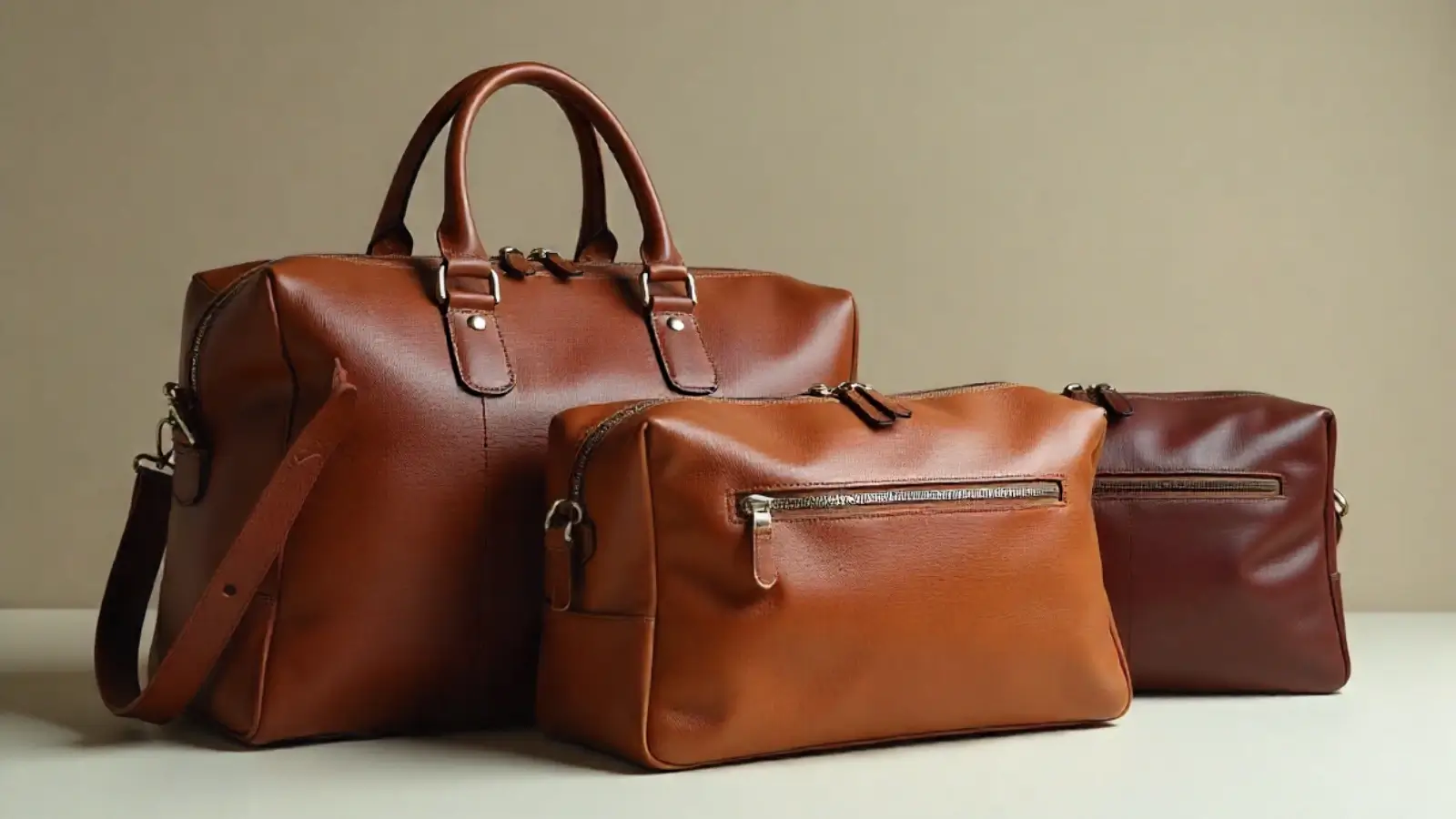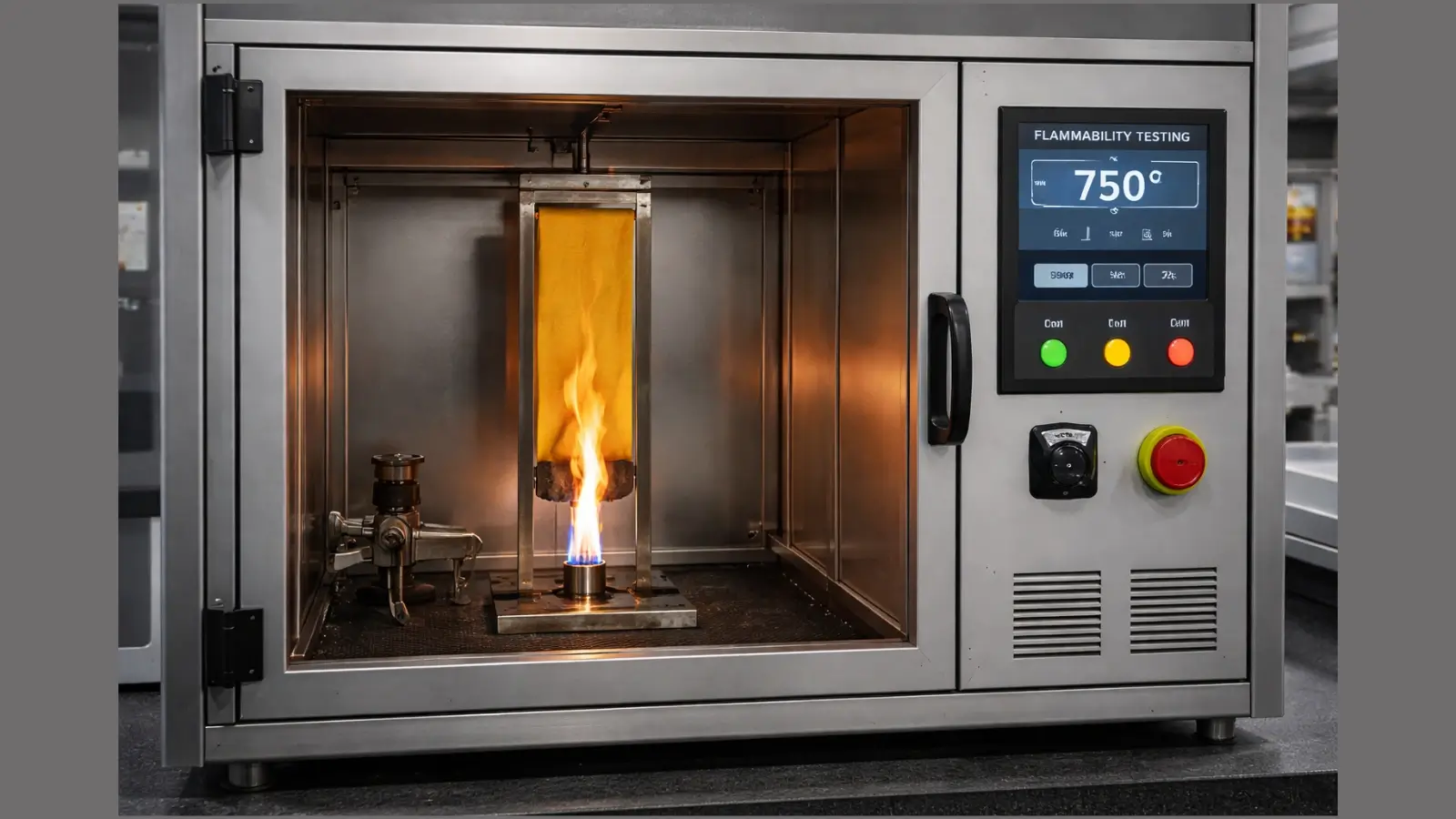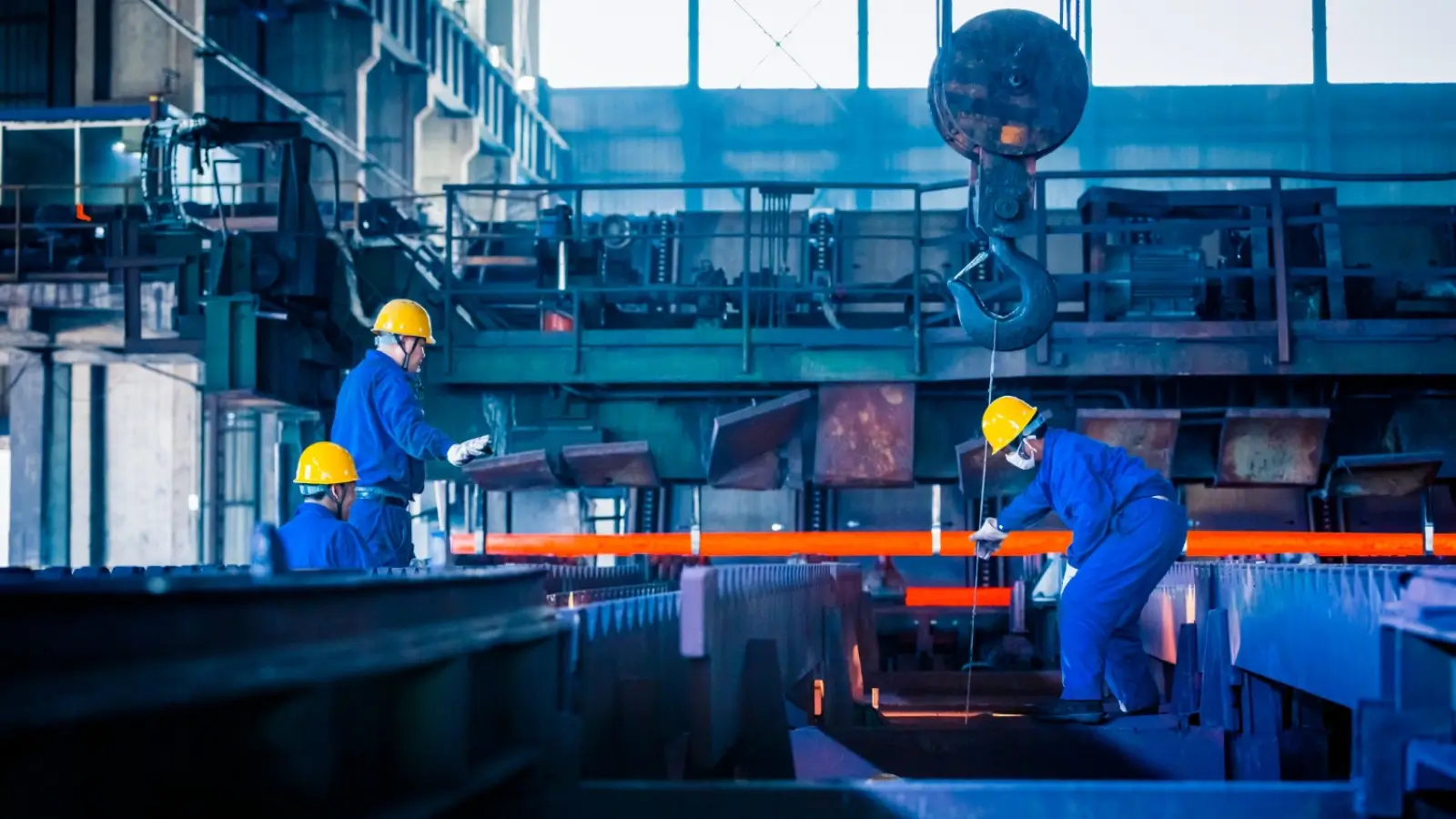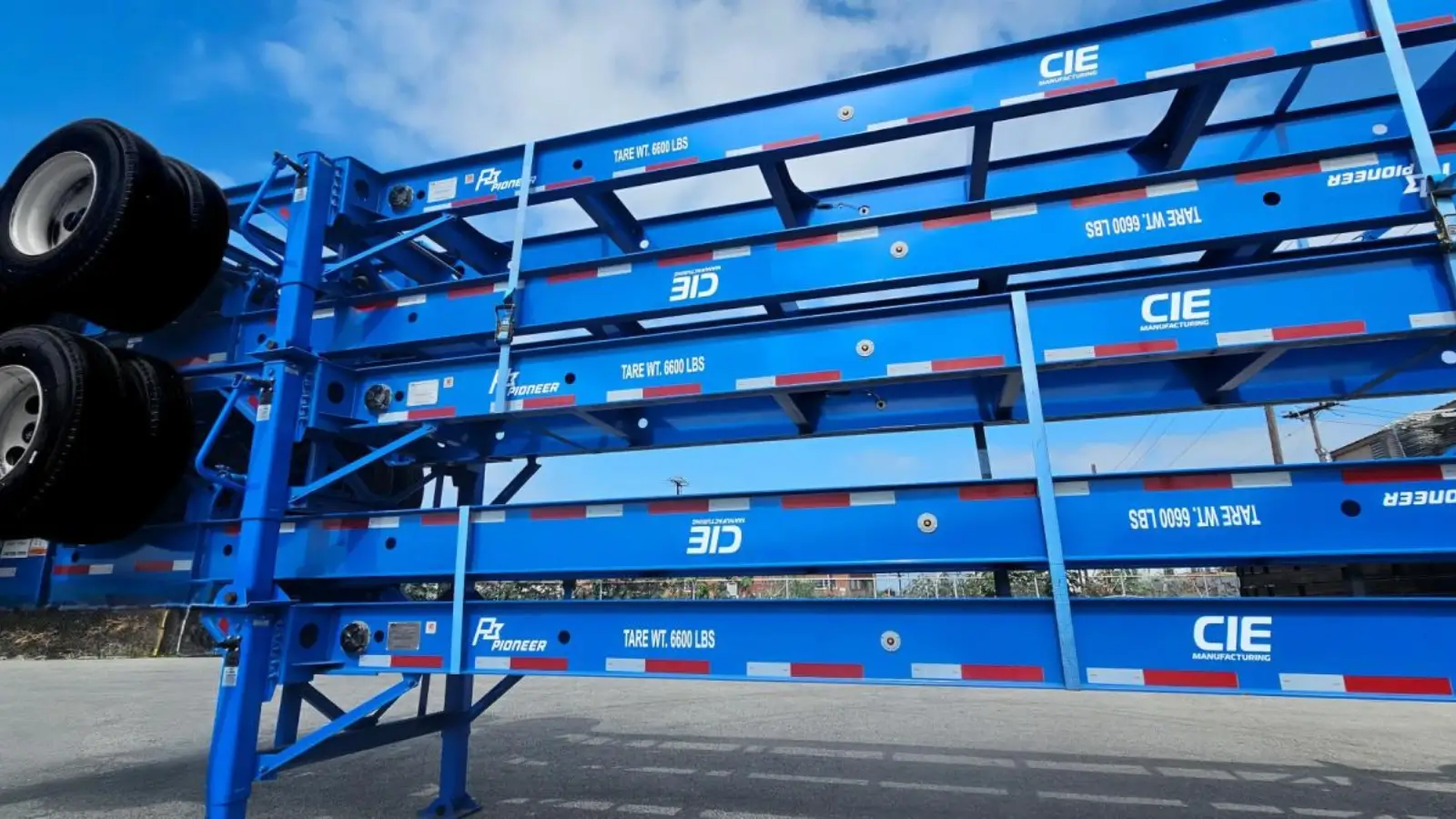A well-funded robotics team recently learned a hard lesson: They rushed into aluminum extrusion without proper consideration of geometry, and a seemingly minor oversight—a lack of proper radii—resulted in stress cracks under load tests. That oversight triggered $120,000 in redesign, tooling changes, and lost market momentum.
Lightweight aluminum parts aren’t automatically strong or well-designed. Smart aluminum extrusion design isn’t just about picking materials; it’s about understanding the full interplay between alloys, thickness, geometry, and manufacturing constraints.
This guide shares practical insights, real-world examples, and essential checkpoints to help engineers avoid costly pitfalls, delivering stronger, lighter, and more cost-effective extrusions.
Choosing the Right Alloy for Aluminum Extrusions
Material choice defines both the strength and manufacturability of aluminum extrusions. Selecting the wrong alloy not only affects performance—it can limit the profile shapes, wall thicknesses, and surface treatments your extrusion can realistically support. Below is a simplified decision matrix to help guide alloy selection based on your functional priorities:
| Alloy | Application | Advantages | Limitations |
|---|---|---|---|
| 6061-T6 | Structural frames, mounting brackets | High strength, machinable | Moderate surface finish |
| 6063 | Decorative trims, architectural elements | Excellent anodizing, high aesthetics | Lower strength |
| 6082 | Industrial & transportation components | High strength, weldability | Slightly less anodizing quality |
| 7075 | Aerospace, high-performance components | Exceptional tensile strength | Difficult extrusion, higher cost |
Pro Tip: Always request mechanical property certifications to confirm alloy quality. Low-cost recycled materials often compromise mechanical integrity and process consistency.
If you’re at the early stage of design and want to explore how material choices affect real-world shapes, finishes, and tolerances, it’s worth reviewing these aluminum extrusions as a reference point. Understanding alloy behavior in extrusion form is the first step toward a functional, efficient profile.
Wall Thickness: Avoiding the “Overbuild” Trap
Excessive wall thickness doesn’t linearly increase strength; it magnifies production problems like warping, uneven cooling, and higher cost.
Recommended standard:
- General structural: 1.5–2.5mm
- Min. thickness (non-load-bearing): ~1.2mm
Practical Example:
A logistics client replaced a solid 4mm profile with a rib-supported 2mm extrusion, cutting 22% material and increasing stiffness by 15%.
Checkpoint: If your solution to stiffness issues is “make it thicker,” pause. Explore geometry first.
Geometry: Small Adjustments, Big Gains
1. Closed vs Open Profiles
Closed sections (like tubes or boxes) drastically outperform open channels in stiffness-to-weight ratio:
- A 30×30mm square tube (2mm walls) is ~35% stiffer than a similarly weighted open U-channel.
2. Rounding and Draft Angles
Sharp internal corners trap stress, reduce tooling life, and degrade surface quality. Use radii equal to 2–3× wall thickness for internal edges and at least 0.5mm for external corners.
3. Asymmetric Design
Smart asymmetry in profiles—offset ribs or tapered webs—directs stress efficiently, lowering mass without compromising rigidity.
Case study: An automation rail redesign introduced tapered ribs, reducing vibrations by 30% without added weight.
Surface Treatment Essentials
Surface finishes significantly impact functionality, not just aesthetics:
- Anodizing (Type II): Standard corrosion resistance (10–25µm thickness).
- Hardcoat (Type III): Enhanced wear resistance ideal for high-friction applications (25µm+).
- Teflon Coating: Non-stick, chemical resistance for pharmaceutical or food industry use.
Surface finishes slightly alter part dimensions (~0.01–0.03mm). Account for this early in your design phase to avoid costly rework.
When Extrusion Fails: Casting as a Smart Alternative
Extrusion isn’t always the ideal process. Complex geometries, abrupt thickness transitions, or parts with enclosed internal features often exceed what extrusion can handle efficiently. In such cases, metal casting offers distinct advantages:
| When to Choose Casting | Why It’s Better |
|---|---|
| Internal cavities, undercuts | Cannot be achieved with extrusion |
| Non-uniform wall thickness | More stable consistency in casting |
| Small-run organic shapes | Lower tooling investment |
| Complex stainless or hybrid materials | Greater precision and strength retention |
Case Example: A robotics firm transitioned from a multi-part extruded joint to a single cast stainless component. The change reduced part cost by 25% and eliminated structural misalignment caused by manual assembly.
If your current extrusion design is pushing past feasibility, or if part consolidation could simplify your BOM and reduce tooling complexity, it’s worth exploring a proven metal casting service investment casting. It may offer the shortest path between functional intent and scalable production.
Bridging Prototyping and Production: Key Differences
Prototypes often come from CNC or 3D printing—processes that allow sharp angles and complex geometry. Extrusion, however, demands:
- Smooth radii (1–1.5× thickness)
- Draft angles (minimum 0.5–1°)
- Uniform wall thickness for consistent cooling
Lesson Learned:
A startup’s intricate CNC-prototyped bracket failed extrusion due to sharp internal corners. Early design reviews with extrusion specialists could have prevented a costly two-month redesign.
Cost-Control Strategies in Extrusion Tooling (New, Valuable Section)
Extrusion tooling can represent significant upfront investment. Minimize your tooling costs through smart design decisions:
- Standardized Profiles: Combine common shapes to minimize custom dies.
- Simplified Cross-sections: Remove unnecessary complexity that drives up tooling and production costs.
- Modular Dies: Design multiple parts from modular die sets to reduce individual tooling investment.
Case example: By switching from a complex custom extrusion to two standard profiles joined post-extrusion, an industrial client saved 30% on tooling and reduced lead time by four weeks.
Common Design Mistakes: Quick Reference Checklist
Avoid these frequent extrusion pitfalls:
- Misaligned Geometry: Features perpendicular to extrusion flow require secondary machining.
- Sharp Angles: Always round internal corners (~1–1.5× wall thickness).
- Uneven Walls: Uniform thickness ensures even cooling and minimizes defects.
- Draft Angles: 0.5–1° draft facilitates clean die release.
- Excess Complexity: Simplify profiles for small-volume runs or combine with machining.
Supplier Matters: Why Execution Trumps Design Alone
Even a great design can fail if your supplier lacks process control or engineering clarity. Here’s what to evaluate:
1. In-House Tooling
Suppliers who build and maintain their own dies respond faster and hold tighter tolerances.
2. Engineering Communication
Bilingual teams that understand GD&T reduce misinterpretation.
3. Process Traceability
Look for FAI reports, calibration logs, and ISO certifications. Ask about in-house vs. outsourced processes.
4. Flexible Volume Capability
A capable supplier should scale with your project—from 50 units to 5,000—without tooling drift or quality loss.
Example: A startup experienced dimensional drift when switching vendors for higher volume. The first supplier lacked fixture controls. The second, with in-house QA and integrated machining, eliminated the issue entirely.
5. Mini Checklist
- Do they show actual inspection reports?
- Do you speak to engineers, or just sales reps?
- Can they handle post-processing and packaging?
- Are they transparent about in-house vs. subcontracted work?
Final Summary: Design Smarter, Build Lighter, Scale Better
The secret to strong aluminum extrusions isn’t brute thickness—it’s smart alloy choices, careful geometry, manufacturability, and the right partner to execute your design. Before finalizing, ask:
- Is the geometry extrusion-friendly?
- Have I chosen the right finish and accounted for tolerance?
- Would casting or machining be better?
- Can my supplier deliver consistent quality over time?
With clear DFM thinking and the right supplier—like Synergy—you avoid design regrets, production delays, and cost overruns.
Your next extrusion can be lighter, stronger, and smarter. But only if you build it right from the start.










